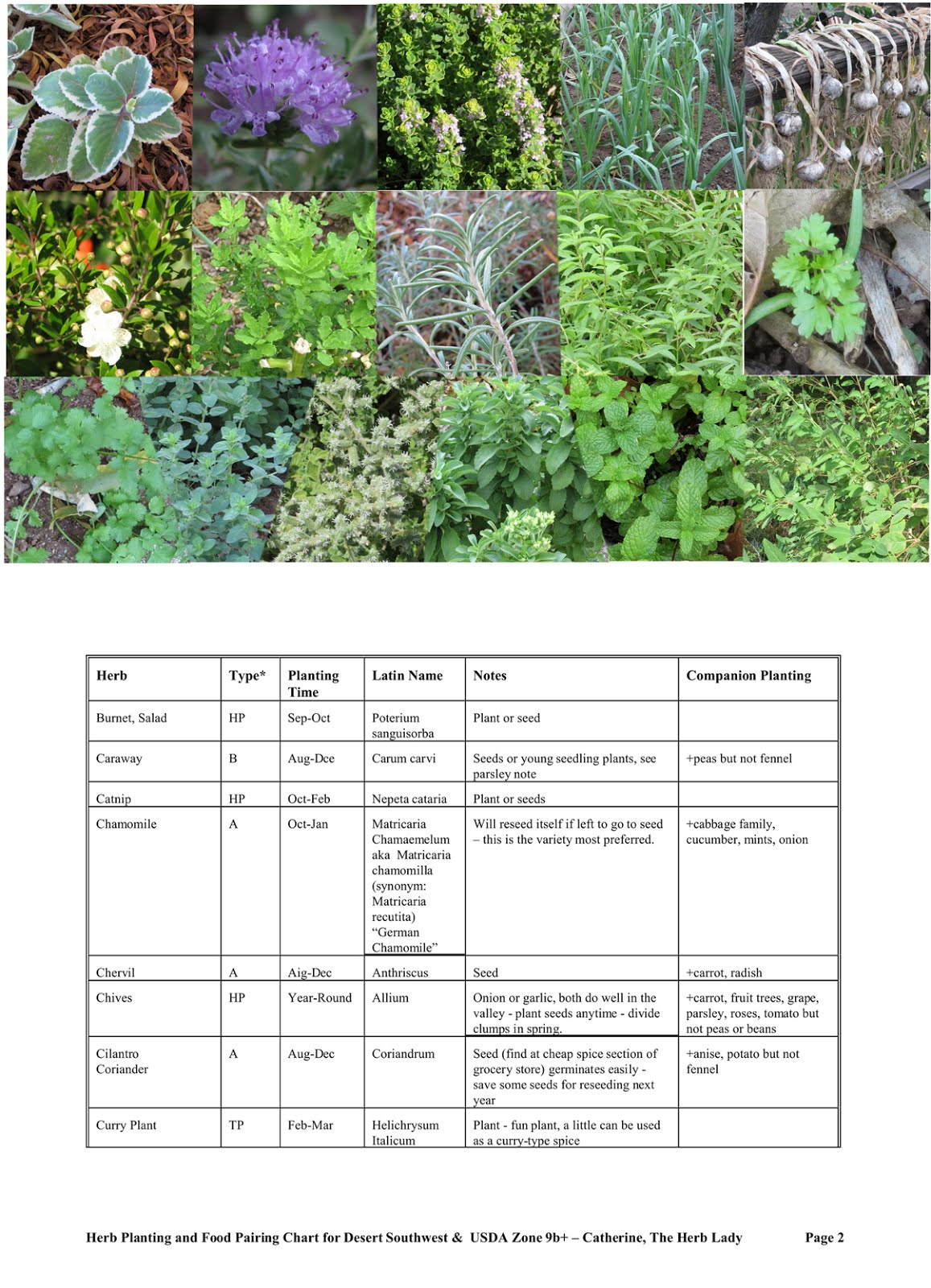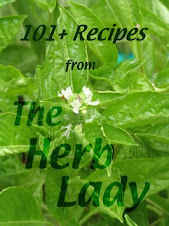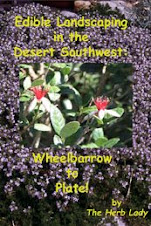Dear Folks,
Celebrating the Multicultural festivities of December, I thought I would pick an herb or spice which is referenced in the Bible (land of three of the Major Religions of the world) and used in many cuisines around the entire world, as a way of gathering together all the wealth of diversity around us - in true celebration.
A note about the herbs and spices I selected. There is agreement on some of the herbs of the Bible (garlic, onion and mint for example) and some continuing discussion on which plant the Bible referred to. After many years there is a consensus - although still discussed by some - that the Hyssop of the Bible is Syrian Oregano (Origanum maru). Since Hyssop (Hyssopus officionalis) is not indigenous to the lands of the Bible but Syrian Oregano is, I have included it as the Biblical plant.
I am including some of the most enjoyed songs of the Christmas and secular celebrations of the month.
A nice site for talking to and teaching your children or grandchildren, about the multicultural celebrations of December, is Education World, with this nice page.
http://www.educationworld.com/a_lesson/lesson/lesson246.shtml
Day 1
Herb: Myrtle
PLANT MYRTLE FOR JOY, PEACE AND LIFE RENEWED
By Catherine, The Herb Lady - originally appearing in the East Valley Tribune December, 24, 2005
Is there a more appropriate biblical herb to contemplate for the holidays than Myrtle (Myrtus Communis) with its ancient meanings?
Biblical references (Nehemia 8:15; Isaiah 41:19 and 55:13; Zachariah 1:8-11) speak to Myrtle as a symbol of recovery, festivals and the divine establishment of the people in the land.
Myrtle was woven into wreaths for the winners of Olympic games; was a sacred plant of the Greek goddess Aphrodite and the Roman goddess Venus; and the Myrtle-nymphs were prophetesses who taught the god Aristaeus, son of Apollo and Cyrene, how to make cheese, build beehives, and cultivate olives.
Parts of the Myrtle have been used in tanning which also imparted scent to the leather.
Read the Entire post here:
http://edibleherbsandflowers.blogspot.com/2015/12/25-days-of-herbs-and-celebrations.html

Day 2
Herb: Anise
(Pimpinella anisum) in the family Apiaceae (carrot and parsley) native to the eastern Mediterranean region and Southwest Asia and shares some flavor characteristics with fennel, star anise, licorice, chervil and tarragon.
Although references to translations of the Bible speak of Anise - it is usually Dill which is referred to. I am including it in this 25 Days posting, because the people of the Biblical lands would have known Anise through the Romans and Greeks.
Anise is used primarily in sweet foods like cookies, such as the popular German Pfeffernüsse around the holidays, it is used to flavor black jelly beans, and liquors such as Italian Sambuca and Greek Ouzo. From Roman times (and probably earlier) the seeds were chewed for digestive relief.
Its primary essential oil is Anethol, which is also found in other licorice tasting herbs such as fennel, tarragon and chervil. It also contains a minute amount of limonene (the lemon essential oil). Other essences account for its sweeter taste.
Read the Entire Post Here.
http://edibleherbsandflowers.blogspot.com/2015/12/25-days-of-herbs-and-celebrations_2.html
Day 3
Herb: Cinnamon Proverbs 7:17
(Cinnamomum verum) - Ceylon Cinnamon is considered the True Cinnamon contrasted to another Biblical herb Cassia (discussed in the next post - Day 4). It is the bark of the tree which gives all the wonderful flavor.
While the Biblical reference to Cinnamon is as a perfume (and you can find recipes for making ancient type perfumes using cinnamon, myrrh, and Frankincense) we most think of it for its excellent flavor in cooking and baking.
Taste: True Cinnamon has a taste described as milder and sweet compared with descriptions of Cassia as strong and occasionally bitter. Modern manufacturers opt for Cassia because of the bold taste and that fact it is cheaper than true cinnamon.
Medicinal: The distinction is important because of the medicinal properties of True Cinnamon and toxicity of Cassia in high doses e.g., Levels of the blood-thinning agent coumarin in Ceylon cinnamon are much lower than those in cassia. True Cinnamon is a benefit in reducing cholesterol and blood sugar levels in diabetics. It is usually recommended to add some cinnamon to the daily diet.
Read the Entire Post Here.
http://edibleherbsandflowers.blogspot.com/2015/12/25-days-of-herbs-and-celebrations_3.html
I hope you enjoy these posts. I will be posting every few days with the following Days of December Herbal Celebrations.
-- Catherine, The Herb Lady
If you enjoyed this post, subscribe below by entering your email, to get all my posts!
Disclaimer: Clicking on links on this blog may earn me a small commission if you purchase something. Your price does not change.
























No comments:
Post a Comment